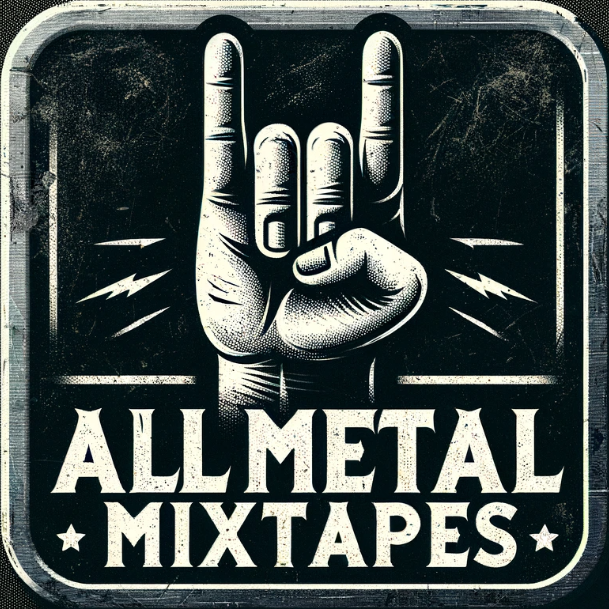Introduction
The world of metal music is as diverse as it is intense, marked by a rich tapestry of sub-genres each carrying its distinct sound, culture, and history. This exploration delves into the evolution of metal, tracing its roots from traditional heavy metal to the complex web of sub-genres like black metal, death metal, and beyond. We’ll explore how each genre redefined the boundaries of what metal could be, examining their key characteristics, influential bands, and how they’ve impacted the music world.
The Birth of Heavy Metal: 1960s-1970s
Heavy metal’s birth in the late 1960s and early 1970s marked a seismic shift in rock music. Bands like Black Sabbath, Led Zeppelin, and Deep Purple pioneered a sound characterized by loud, distorted guitars, emphatic rhythms, dense bass-and-drum sound, and vigorous vocals. Their lyrics often ventured into darker themes, exploring the complexities of the human psyche, societal issues, and fantasy elements.
The New Wave of British Heavy Metal (NWOBHM): Late 1970s-Early 1980s
The NWOBHM was a movement that rejuvenated heavy metal. Bands like Iron Maiden, Judas Priest, and Saxon, while maintaining the essence of their predecessors, incorporated faster tempos, complex guitar harmonies, and more polished production. This era also saw the rise of the “metalhead” culture, with denim, leather, and long hair becoming synonymous with the genre’s fans.
Thrash Metal: Early to Mid-1980s
Thrash metal, characterized by its aggression, fast tempos, and intricate guitar work, emerged in the early 1980s. Bands like Metallica, Slayer, Megadeth, and Anthrax blended the intensity of NWOBHM with the speed and aggression of punk rock. Lyrics often dealt with social and political issues, a departure from the fantastical themes of earlier metal genres.
Death Metal: Mid-1980s to Early 1990s
Originating in the mid-1980s, death metal took the intensity of thrash and magnified it. Bands like Death, Morbid Angel, and Cannibal Corpse featured heavily distorted guitars, tremolo picking, deep growling vocals, and blast beat drumming. The genre’s themes were darker, often exploring morbidity, occultism, and gore.
Black Metal: Late 1980s to 1990s
Black metal emerged as an underground movement, distinct for its raw production, high-pitched shrieking vocals, tremolo-picked guitar lines, and atmospheric elements. Bands like Mayhem, Burzum, and Darkthrone were central to this scene. The genre is notorious for its controversial history, including church burnings and criminal activities associated with some of its key figures.
Power Metal: Late 1980s to Present
Power metal combined the traditional metal sound with elements of speed and thrash metal, characterized by uplifting melodies, fast tempos, and fantasy-themed lyrics. Bands like Helloween, Blind Guardian, and DragonForce emphasized virtuosic guitar work and powerful, clean vocals.
Progressive Metal: 1990s to Present
Progressive metal, pioneered by bands like Dream Theater, Tool, and Opeth, is known for its complex structures, irregular time signatures, and incorporation of elements from a wide range of musical genres. This sub-genre is less about a specific sound and more about a willingness to experiment and push the boundaries of what metal can be.
Conclusion
The evolution of metal genres is a testament to the genre’s versatility and its musicians’ creativity. From the foundational days of heavy metal to the multifaceted landscape today, metal continues to evolve, drawing in new fans and retaining the old. Each sub-genre, while distinct, shares the unifying threads of intensity, powerful expression, and a penchant for pushing against the musical mainstream, making metal a continually fascinating and evolving musical form.


Leave a Reply